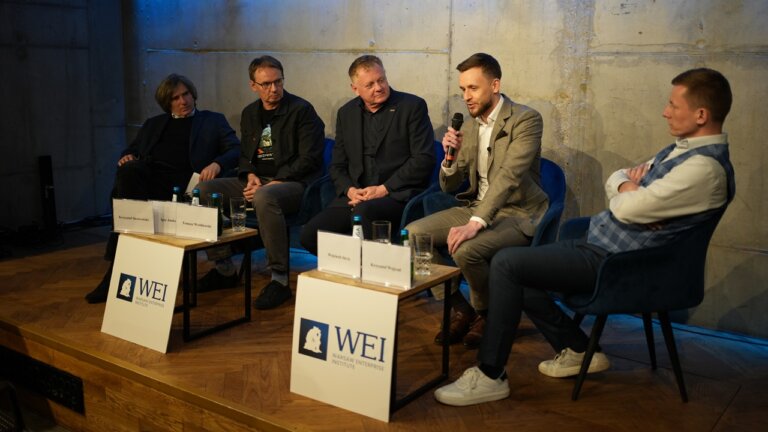The pandemic, which has lasted over a year, has become a test of endurance and fitness for all elements of the economy and society. Disruptions in the movement of people and goods, fears and frustrations, swings in the mood of the public, investors, and business managers, force us to re-ask old questions in the expectation of confirming or negating the answers so far but also prompt us to ask new ones.
The latest available Eurostat statistics show that, as a whole, the Polish economy has proven to be „vibrant” compared to other countries and is above the average of the core indicators. In the case of Poland, while the indicators related to the value of domestic products look good, the signals and comparisons with the labor market are worrying. It turns out that due to rising labor costs, both the Czech Republic and Poland are rapidly losing the asset that drives both economies. This trend was already apparent before the pandemic, although the latter has not significantly slowed it down. On the one hand, this is an expression of the increasing affluence of workers in these countries, which is fuelling growth in consumption (especially in Poland). On the other hand, however, it is necessary to ensure that this goes hand in hand with productivity because this is the only way the economies of our two countries will remain competitive. In the case of Poland, however, what is particularly worrying is the continuing high level of unemployment among young people under the age of 25, i.e. those entering the labor market. On the one hand, we have decreasing numbers of people entering the labor market, and on the other hand, the labor market not offering attractive employment to these young people. Is it any wonder that so many young people are thinking about leaving? Politicians are happy that more Poles return than leave – but for the time being, they do not reveal data on the age structure of departures and returns. The number of young people leaving is lower because there are simply fewer of them. On the other hand, the returning cohorts are more numerous and it is easier for them to re-enter the Polish labor market having worked abroad in their CVs.
The continuing good condition of the Polish economy is largely due to its structure, in which a significant part of GDP is generated by a decentralized, large number of independent entities with well-motivated private owners, operating in many industries with a focus on exports. These are dominated by family businesses. Continued growth depends on their health, resilience, and ability to develop. Operating conditions depend on government policy at every level. It is not only tax or industrial policy, but the quality and efficiency of legal instruments, actions shaping the labor market in the face of demographic changes, education, and professional preparation of young people for the needs of the domestic business rather than emigration.
This report will first present the role and potential of Polish family companies. Although they dominate the sector of micro, small and medium enterprises, as time goes by, more and more of them have a chance to grow to the size of big, international players. Just as it has happened in Germany.
Another important aspect of particular relevance to the development and sustainability of a family business is to understand how it is strongly and directly influenced by demography: both on a macro scale (migration trends and labor market affluence) and a micro scale (the condition and potential of the family of entrepreneurs and their key associates). Succession is not only the transfer of assets but above all the ability to manage them in a productive, creative manner. It is important for successors, i.e. the next generation of entrepreneurs, to be able to pass on the values and knowledge of their predecessors, as well as to run the business and adapt it to new conditions.
In the next part of the report, possible regulatory actions addressed to family companies and the labor market, will be presented to facilitate succession processes and fill in the gaps in the labor market. The last part of this report is the Executive Summary, where impatient readers will find the main reflections and conclusions.





